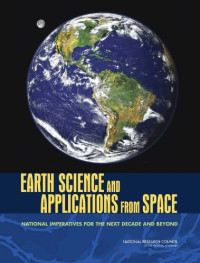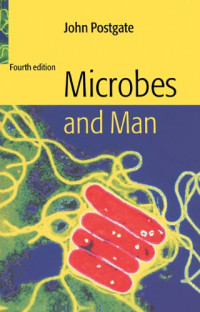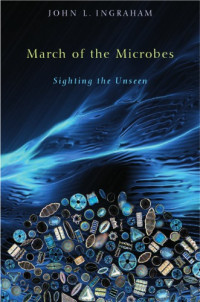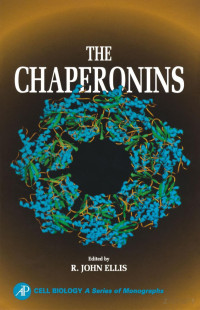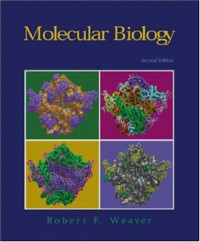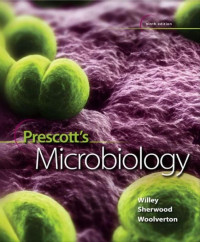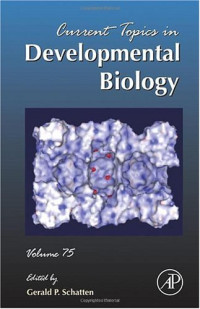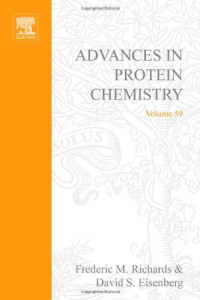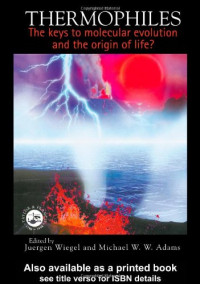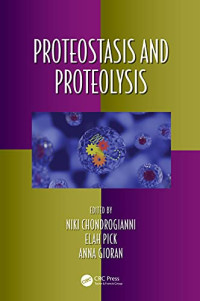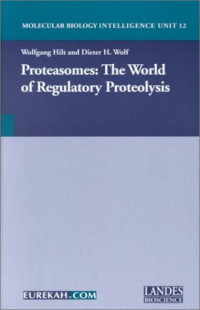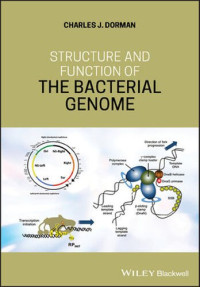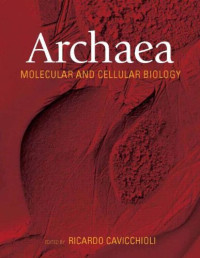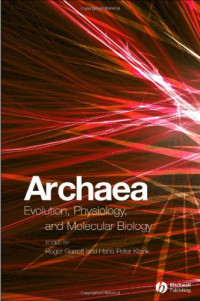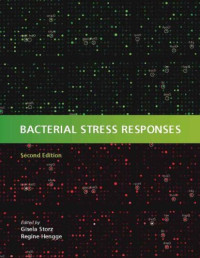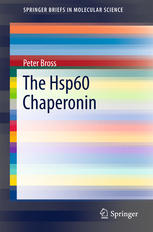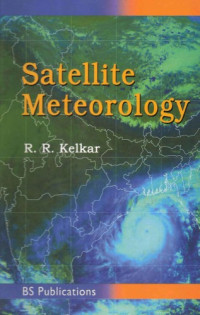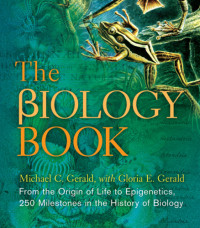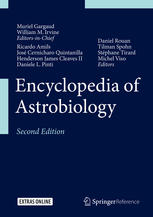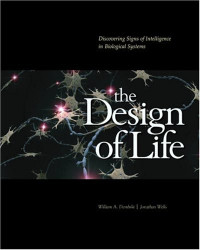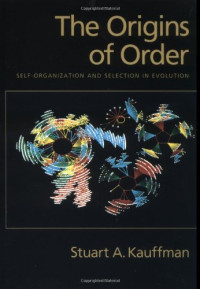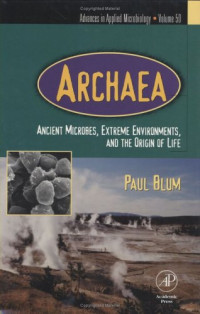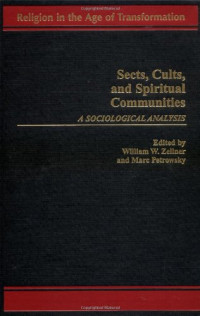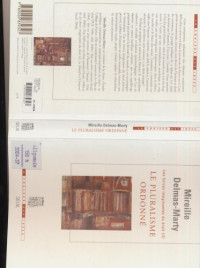
Ancient Microbes, Extreme Environments, and the Origin of Life
Paul Blum (Eds.)
Although they comprise one of the three fundamental branches of life, it was only the last decade that Archaea were formally recognized as a group alongside Eukaryotes and Bacteria. Bacteria-like in that they are single celled organisms that lack a nucleus and intracellular organelles, the Arachaea also share a large gene set typical of eukaryotes, for making and repairing DNA, RNA and protien. More surprisingly, they only inhabit environments typical of the extremes of early earth--hot springs, thermal ocean vents, saline lake, or oxygen deficient sediments. A breakpoint on the common evolutionary path, it is evident that the Archaea diverged early in the history of life, establishing thier importance in evolutionary sciences. Archaea: Ancient Microbes, Extreme Environments, and the Origin of Life tells this evolving story, furthering our understanding of the microbe commonalities, and providing for evolutionary justification in the use of archaea as mechanistic model systems. Key Features* Provides a unique and current summary of common subcellular mechanisms in archaea and eukaryotes* Emphasizes the use of genomics to provide a biological context for understanding archaea* Contrasts evolutionary studies on the fossil record with those on molecular phylogeny* Includes extensive tables, graphs, images, drawings and other illustrations* Simplifies the interdisciplinary challenge necessary to understand the significance of archaea
年:
2001
出版:
1
出版社:
Elsevier, Academic Press
语言:
english
页:
1
ISBN 10:
0120026503
ISBN 13:
9780120026500
系列:
Advances in Applied Microbiology 50
文件:
PDF, 48.78 MB
IPFS:
,
english, 2001
 Amazon
Amazon  Barnes & Noble
Barnes & Noble  Bookshop.org
Bookshop.org  转换文件
转换文件 更多搜索结果
更多搜索结果 其他特权
其他特权 